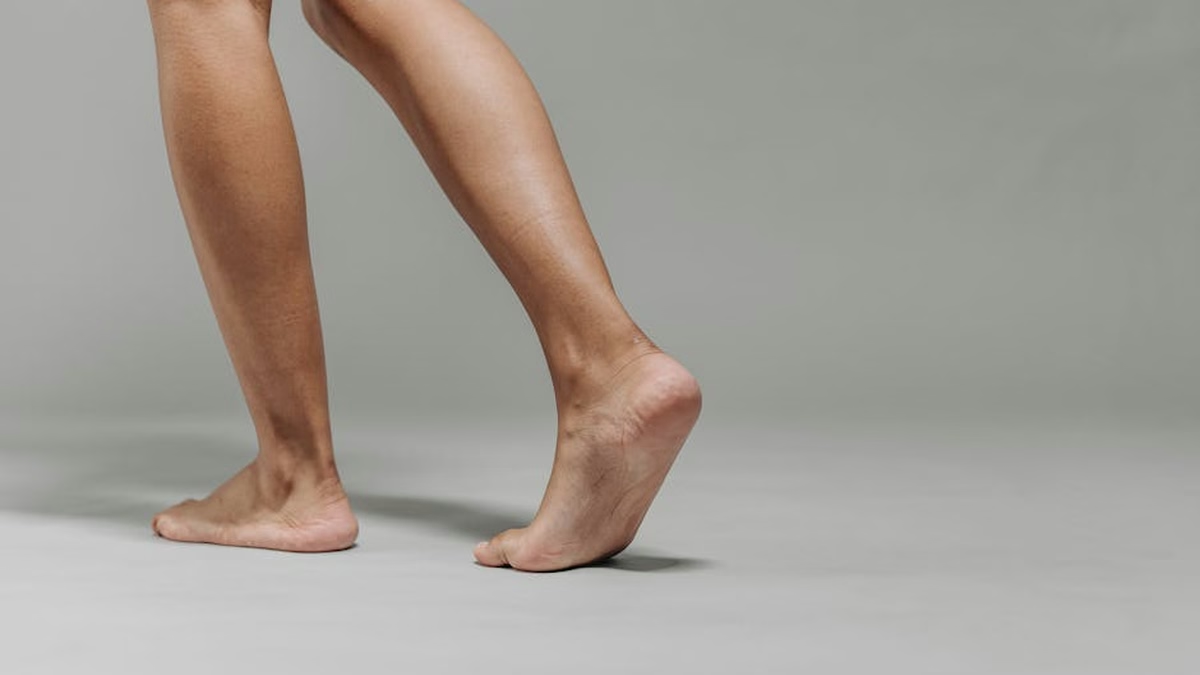When it comes to our bodies, there’s no shortage of advice and old wives’ tales. But how much of what you’ve heard is actually true? Many long-standing beliefs about how our bodies function have been debunked by science — yet they continue to circulate. In this article, we’ll uncover eight popular body myths you might still believe and reveal the real facts backed by modern research.
Table of contents
Myth 1: You Should Drink 8 Glasses of Water a Day
The Truth:
While staying hydrated is important, the “8 glasses a day” rule isn’t based on solid science. Hydration needs vary based on age, activity level, diet, and climate. Many foods, such as fruits and vegetables, also contribute to your daily water intake. A better guideline is to drink when you’re thirsty and monitor the color of your urine — pale yellow is ideal.
Myth 2: You Only Use 10% of Your Brain
The Truth:
This popular myth has been around for decades, but brain imaging studies have shown that we use virtually every part of our brain, even when we’re resting or sleeping. Different regions are responsible for various functions, and activities like talking, walking, and dreaming activate multiple areas simultaneously. The idea of unlocking “unused potential” is a Hollywood invention, not a scientific fact.
Myth 3: Hair and Nails Keep Growing After Death
The Truth:
This eerie myth stems from the illusion created when the skin dehydrates and retracts after death, making hair and nails appear longer. In reality, hair and nail cells require nutrients supplied by the body’s circulation to grow, and this process stops soon after death.
Myth 4: Eating at Night Makes You Gain Weight
The Truth:
It’s not about when you eat — it’s about what and how much you eat. Weight gain occurs when you consume more calories than your body burns, regardless of the time of day. That said, late-night eating is often linked with mindless snacking or unhealthy food choices, which can contribute to weight gain indirectly.
Myth 5: Shaving Makes Hair Grow Back Thicker and Darker
The Truth:
Shaving cuts hair at the surface of the skin, which can leave it with a blunt edge. As the hair grows out, it may feel coarser or appear darker, but shaving doesn’t change the color, thickness, or rate of hair growth. These traits are determined by genetics and hormones.
Myth 6: Cracking Your Knuckles Causes Arthritis
The Truth:
Multiple studies, including one published in the Journal of the American Board of Family Medicine, have found no connection between knuckle cracking and arthritis. The popping sound is caused by gas bubbles bursting in the joint fluid. However, excessive knuckle cracking could potentially lead to reduced grip strength over time.
Myth 7: Humans Swallow Eight Spiders a Year in Their Sleep
The Truth:
This unsettling claim has no scientific basis. Spiders generally avoid humans, and there’s no documented evidence of people regularly swallowing spiders while sleeping. This myth likely originated from an internet hoax and spread through word of mouth.
Myth 8: You Can Sweat Out Toxins
The Truth:
While sweating helps regulate body temperature, it’s not a primary method for removing toxins. The liver and kidneys handle detoxification, filtering waste from your blood and eliminating it through urine and feces. Though sweating has benefits for skin and cardiovascular health, it won’t “cleanse” your body of harmful substances.
Final Thoughts
Misinformation about the human body can persist for generations, shaping our habits and beliefs. By relying on evidence-based health information, you can make smarter decisions about your body and well-being. Always question health advice that sounds too good to be true and consult credible medical resources when in doubt.








